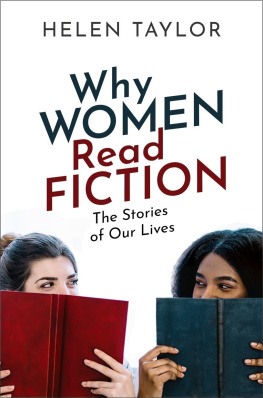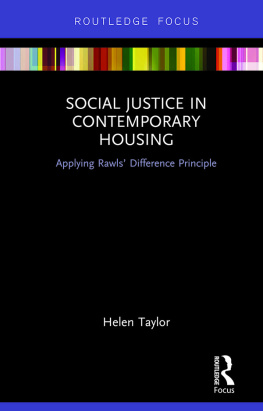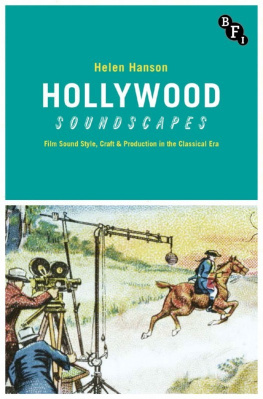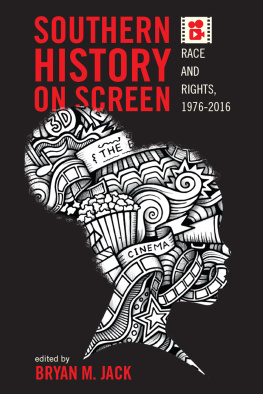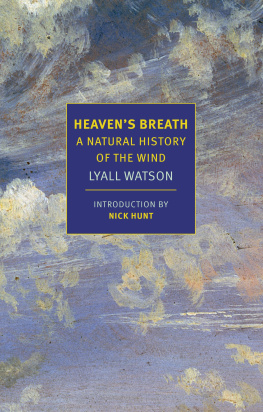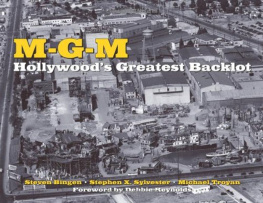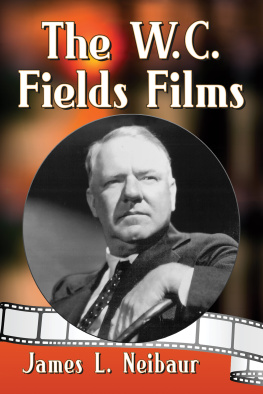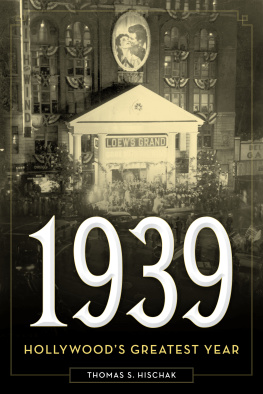BFI Film Classics
The BFI Film Classics is a series of books that introduces, interprets and celebrates landmarks of world cinema. Each volume offers an argument for the films classic status, together with discussion of its production and reception history, its place within a genre or national cinema, an account of its technical and aesthetic importance, and in many cases, the authors personal response to the film.
For a full list of titles available in the series, please visit our website: www.palgrave.com/bfi
Magnificently concentrated examples of flowing freeform critical poetry. Uncut
A formidable body of work collectively generating some fascinating insights into the evolution of cinema.
Times Higher Education Supplement
The series is a landmark in film criticism.
Quarterly Review of Film and Video
Possibly the most bountiful book series in the history of film criticism.
Jonathan Rosenbaum, Film Comment
Editorial Advisory Board
Geoff Andrew, British Film Institute | Laura Mulvey, Birkbeck College, University of London |
Edward Buscombe | Alastair Phillips, University of Warwick |
William Germano, The Cooper Union for the Advancement of Science and Art | Dana Polan, New York University |
Lalitha Gopalan, University of Texas at Austin | B. Ruby Rich, University of California, Santa Cruz |
Lee Grieveson, University College London | Amy Villarejo, Cornell University |
Nick James, Editor, Sight & Sound |
Gone With the Wind
Helen Taylor
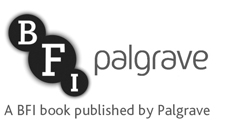
Helen Taylor 2015
All rights reserved. No reproduction, copy or transmission of this publication may be made without written permission. No portion of this publication may be reproduced, copied or transmitted save with written permission or in accordance with the provisions of the Copyright, Designs and Patents Act 1988, or under the terms of any licence permitting limited copying issued by the Copyright Licensing Agency, Saffron House, 610 Kirby Street, London EC1N 8TS. Any person who does any unauthorised act in relation to this publication may be liable to criminal prosecution and civil claims for damages.
The author has asserted her right to be identified as the author of this work in accordance with the Copyright, Designs and Patents Act 1988.
First published in 2015 by
PALGRAVE
on behalf of the
BRITISH FILM INSTITUTE
21 Stephen Street, London W1T 1LN
www.bfi.org.uk
Theres more to discover about film and television through the BFI. Our world-renowned archive, cinemas, festivals, films, publications and learning resources are here to inspire you.
Palgrave in the UK is an imprint of Macmillan Publishers Limited, registered in England, company number 785998, of 4 Crinan Street, London N1 9XW. Palgrave Macmillan in the US is a division of St Martins Press LLC, 175 Fifth Avenue, New York, NY 10010. Palgrave is a global imprint of the above companies and is represented throughout the world. Palgrave and Macmillan are registered trademarks in the United States, the United Kingdom, Europe and other countries.
Front cover design: HelloVon
Series text design: ketchup/SE14
Images from Gone With the Wind (Victor Fleming, 1939), Selznick International Pictures; 12 Years a Slave (Steve McQueen, 2013), Regency Entertainment Inc./Bass Films, LLC/Monarchy Enterprises S.a.r.l.; The Birth of a Nation (D. W. Griffith, 1915), David W. Griffith Corporation/Epoch Producing Corporation; Jezebel (William Wyler, 1938), Warner Bros.; A Streetcar Named Desire (Elia Kazan, 1951), Charles K. Feldman Group Productions.
Set by Cambrian Typesetters, Camberley, Surrey
Printed in China
This book is printed on paper suitable for recycling and made from fully managed and sustained forest sources. Logging, pulping and manufacturing processes are expected to conform to the environmental regulations of the country of origin.
British Library Cataloguing-in-Publication Data
A catalogue record for this book is available from the British Library
A catalog record for this book is available from the Library of Congress
ISBN 9781844578719
Contents
Acknowledgments
I am very grateful for the help of many individuals and organisations with this volume. The Victoria and Albert Museum, especially Olivia Stroud and Keith Lodwick, provided images from the Vivien Leigh Archive and Hollywood Exhibition materials. Keith has long supported my work on GWTW. Rachel Nichols of Topsham Museum gave permission for me to reproduce the photograph of Vivien Leighs Scarlett nightdress. The curator Steve Wilson and curatorial assistant Albert A. Palacios of the Harry Ransom Center, the University of Texas, Austin, assisted with the burgundy ball dress, which the Center allowed me to reproduce. Steve also helped with various queries. Socialist Worker gave permission to reproduce their spoof Reagan/Thatcher poster, which the Victoria and Albert Museum supplied. Staff at the University of Bristol Theatre Collection, including Dr Liz Bird, shared Vivien Leigh materials and the Mander & Mitchenson Collection.
James A. Crank has given me permission to quote from his forthcoming (still unpaginated) LSU Press collection, New Approaches to Gone With the Wind, and Mr Roger Squire agreed to my quoting from his grandfather Sir John Squires publisher readers report (Macmillan Archive). I was helped through the Archive by Alysoun Saunders and especially Elizabeth James. I have unsuccessfully attempted to contact the estate of George Brett for a further quotation from the Macmillan Archive.
The two anonymous readers offered excellent constructive criticism.
My editor Jenna Steventon offered shrewd critical advice, and Sophie Contento was a wonderful provider of screengrabs and help of many kinds. Chantal Latchford copy edited with a splendidly sharp eye.
I am most indebted to my inspirational, supportive friend Richard Dyer and (as ever) to my own Rhett Butler, Derrick Price.
Foreword
It was a hot and humid afternoon in Baton Rouge, Louisiana, some time in the early 1980s. To cool down, I plunged into an icily air-conditioned movie theatre which happened to be showing a film I had first seen as a teenager. As the credits rolled to Max Steiners stirring score, I remembered how much Gone With the Wind had meant to me and how profoundly it remained part of my emotional baggage. Though a rational and (alas) rather sensible academic, I sat alone through nearly four hours of that romantic epic in a state of pure bliss, enraptured by the story, weeping profusely and laughing far more than I expected.
Since the late 1960s, I have lived in and visited the South many times and, as a result of my fascination with the region, became a scholar of southern literature and culture. That afternoon in the cinema, I was appalled at the treatment of slavery and angry about the one-dimensional African American characters, and felt ashamed of my younger selfs enthusiasm. But still, I lapped it all up. At the end, as before and since, whenever watching this movie in a cinema or on BBC TV at Christmas, I knew I could hardly imagine another cinematic experience offering such an emotional rollercoaster and so many sensory delights.
In 1989, during the fiftieth anniversary year of the film, I published Scarletts Women: Gone With the Wind and Its Female Fans, both as
Next page

